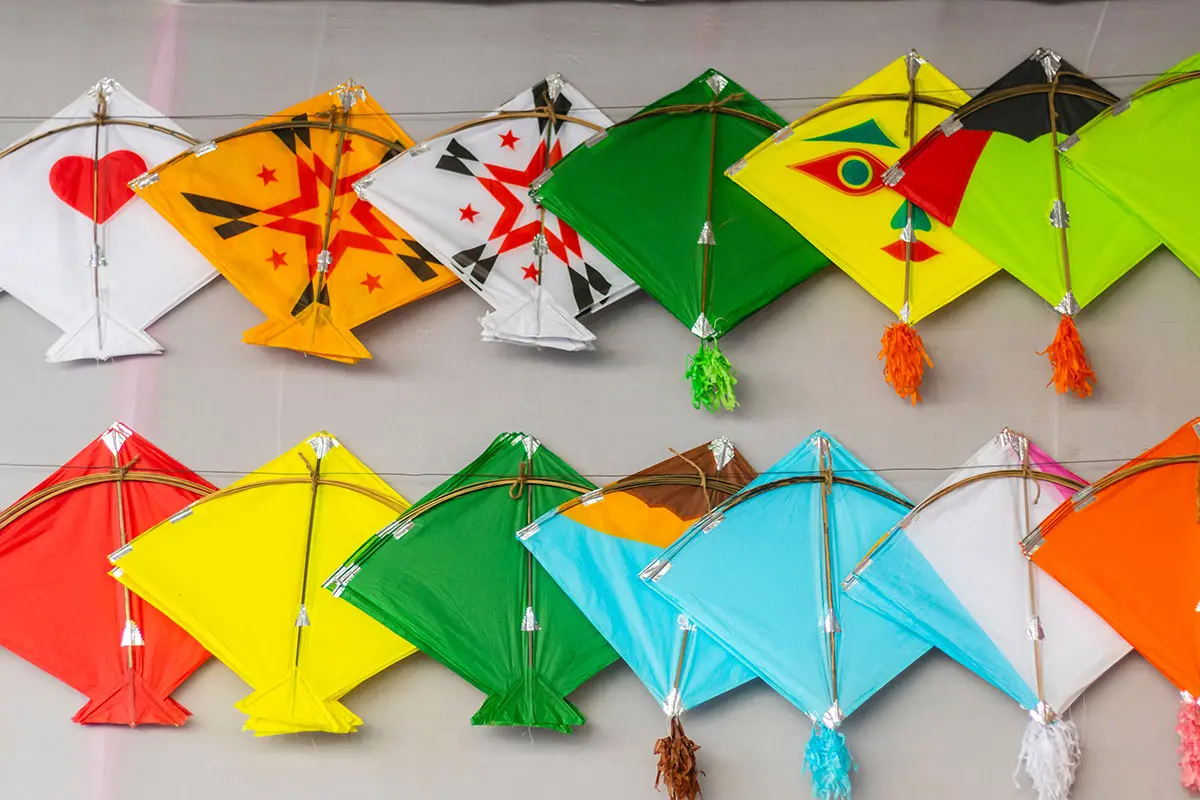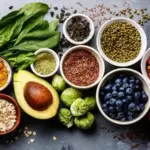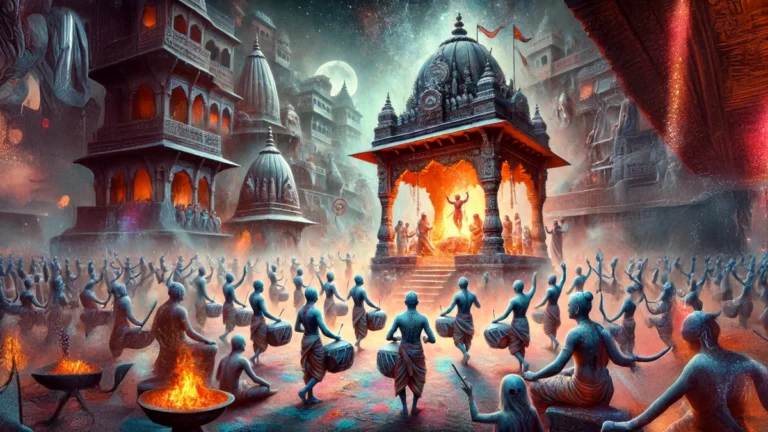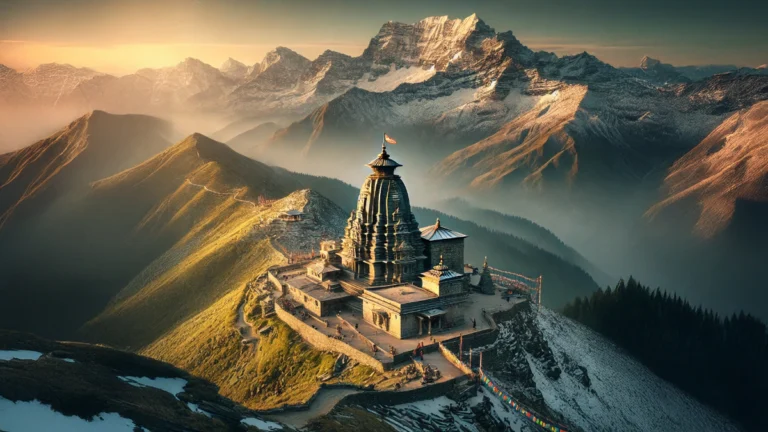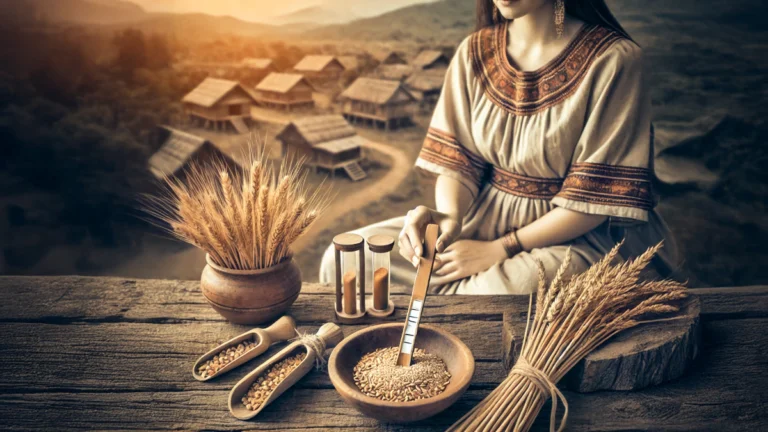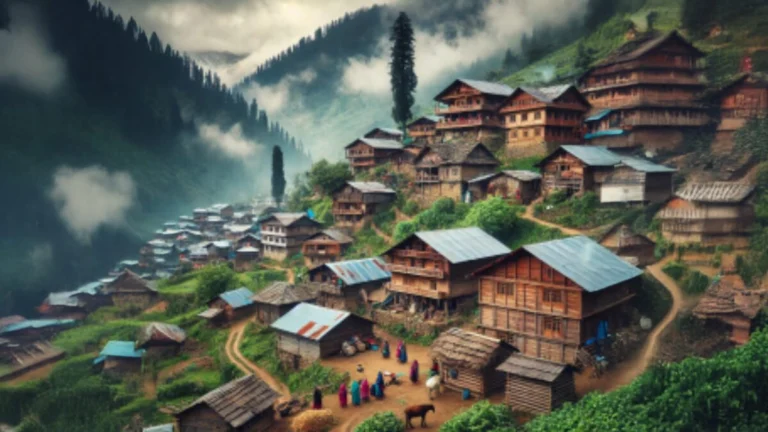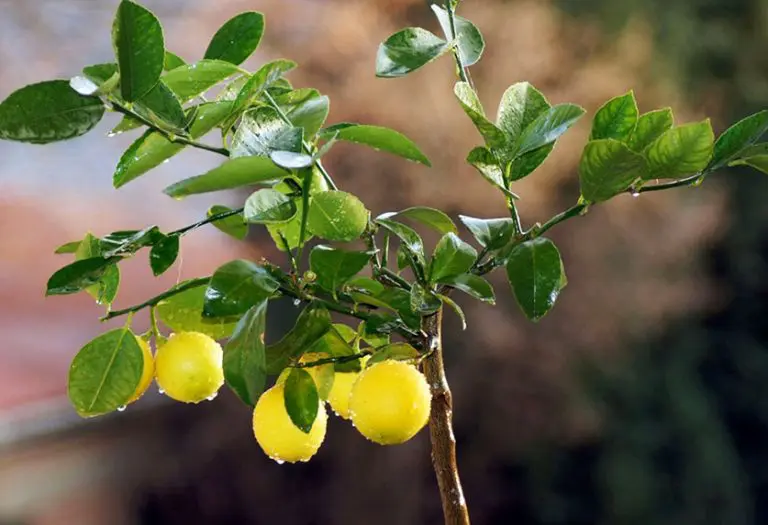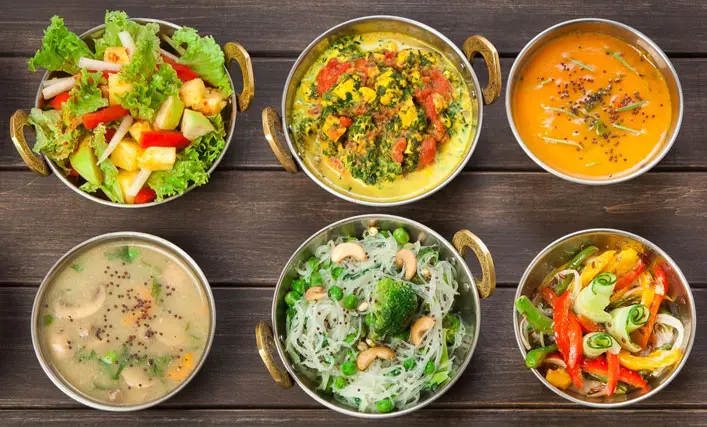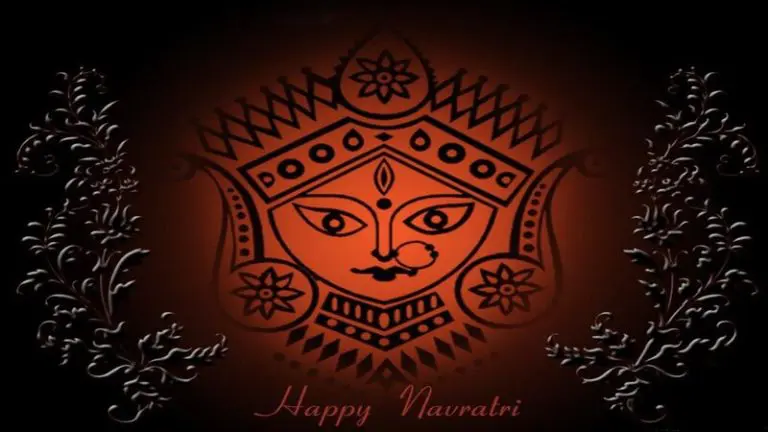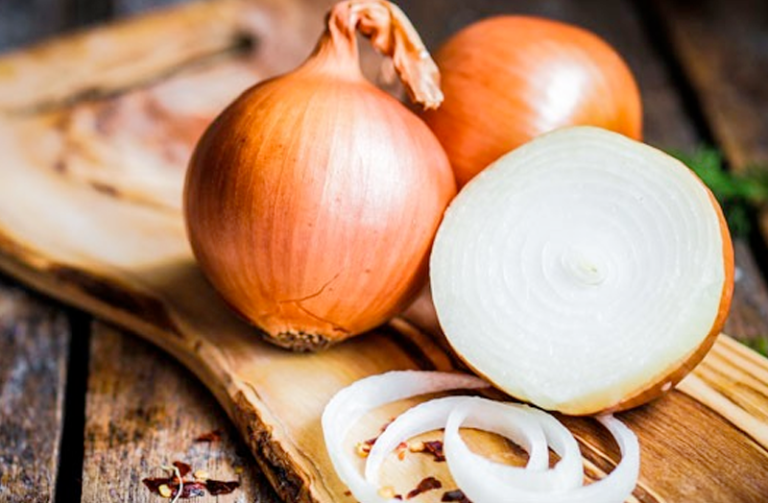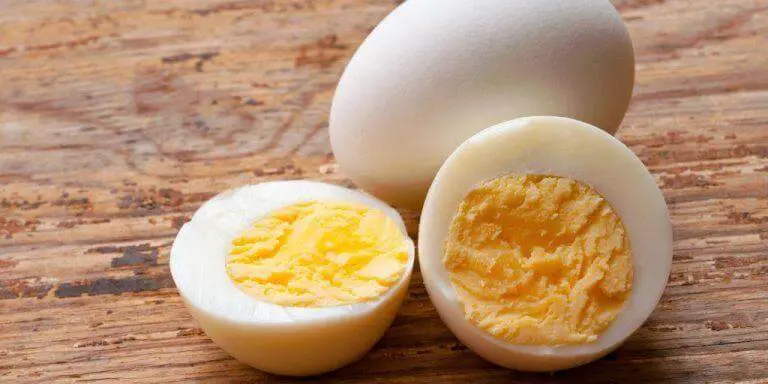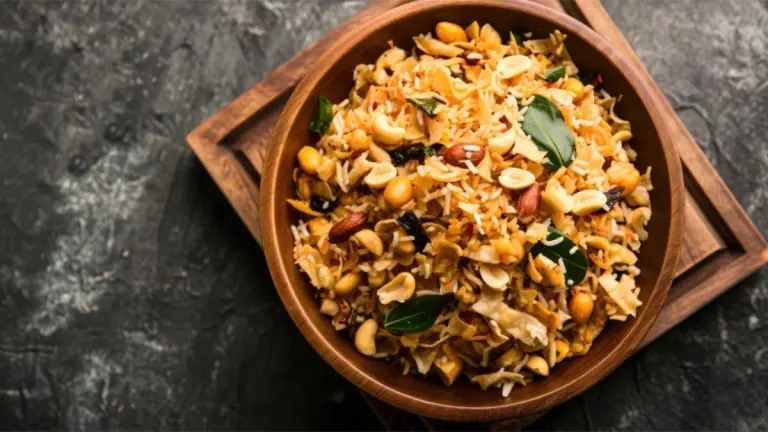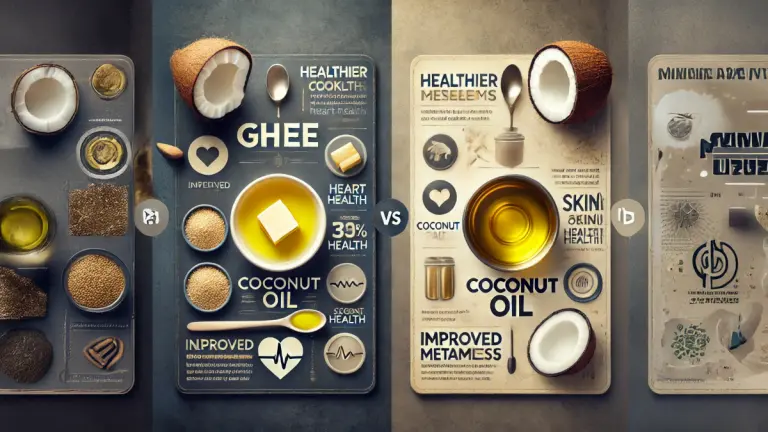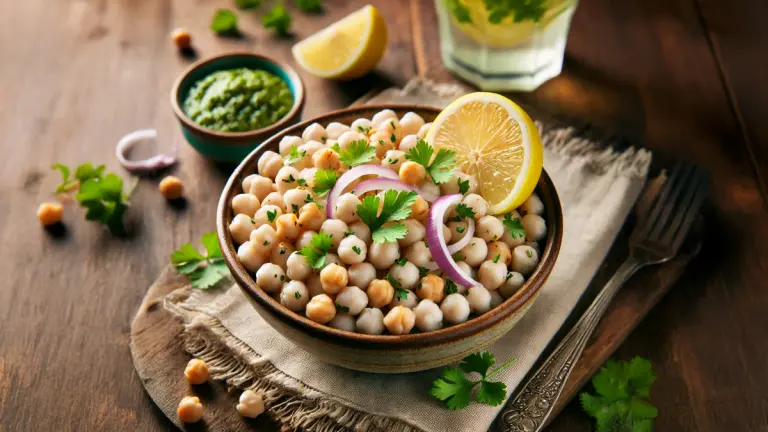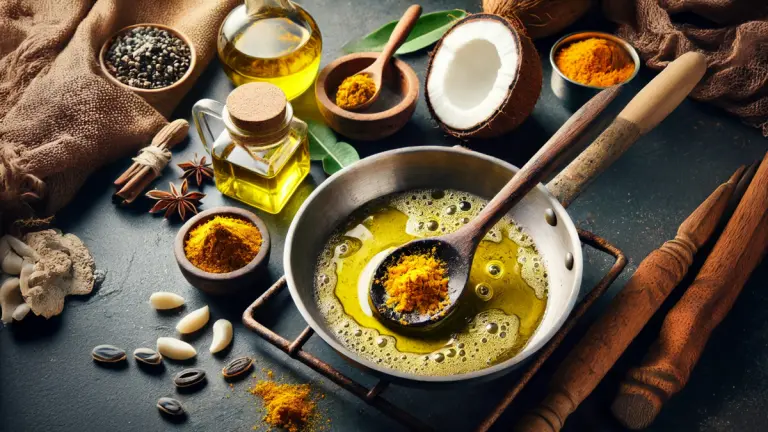Makar Sankranti is a festival which is celebrated with many names and in many ways in different states across India.
In North India it is called Makar Sankranti, in Tamil Nadu it is known as Pongal while in Gujarat it is called Uttarayan. In Assam it is called Maghi Bihu, in Karnataka, it is called Suggi Habba, in Kerala it is called Makaraviklu and in Kashmir, it is called Shishoor Sankranti.
This festival is celebrated not only in India but also in neighboring countries like Nepal and Bangladesh. People celebrate it according to different religious beliefs but there is an astronomical event behind this festival.

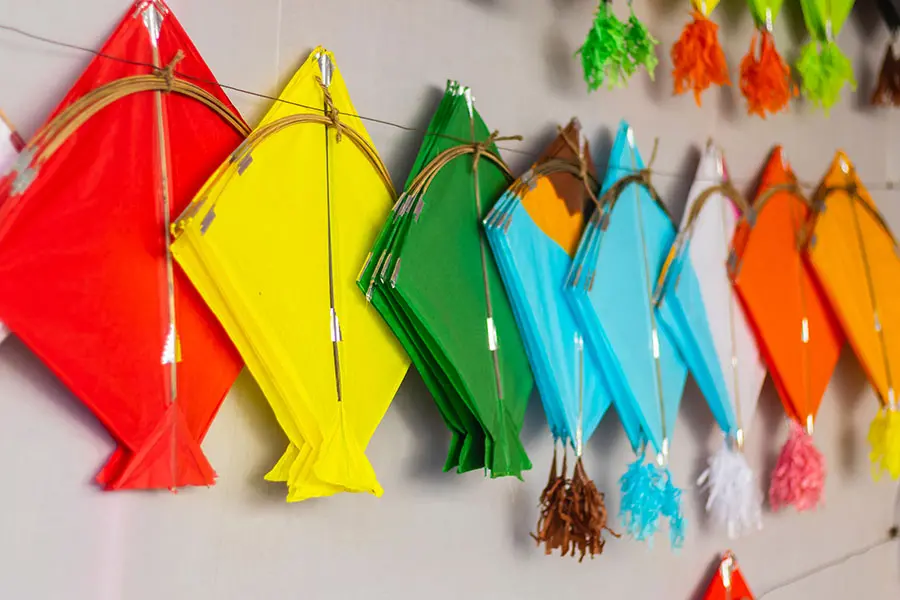

Makar means the constellation of Capricorn which is called Capricorn. There is a slight difference between the Capricorn of astronomy and the Capricorn of Indian astrology.
A constellation is a specific pattern formed by stars that can be identified. Since ancient times, people in almost every civilization of the world have given them names based on their shapes. Astronomical constellations and astrological signs are broadly similar. They are but they are not the same.
Sankranti means transition, on this day roughly the Sun enters Capricorn. It comes after the winter solstice, i.e. after 22 December, the longest night of winter.
The entry or exit of the Sun from any zodiac sign does not mean that the Sun is rotating, it is part of the process of the Earth revolving around the Sun, it is called rotation and it takes the Earth one time to complete one revolution around the Sun. It takes a year.
In simple language, it means that the Sun has come in front of which star group (zodiac).
It is said that after Makar Sankranti the days start getting longer and the nights get shorter, this is technically true because in the Northern Hemisphere, the time of sunset gradually shifts from 14-15 January onwards. Then comes the date of March 21, it is called Equinox when day and night are exactly equal, it means that the Sun is almost in the middle of the Northern Hemisphere.
A gradual shift in the time of sunset means that winters will become shorter and summers will increase as the Sun will remain in line with the Northern Hemisphere for longer periods.
Makar Sankranti is also called Uttarayan because the sun starts moving from the southern hemisphere to the northern hemisphere. This process is completed on the day of the summer solstice, which is the longest day, this date is June 21.
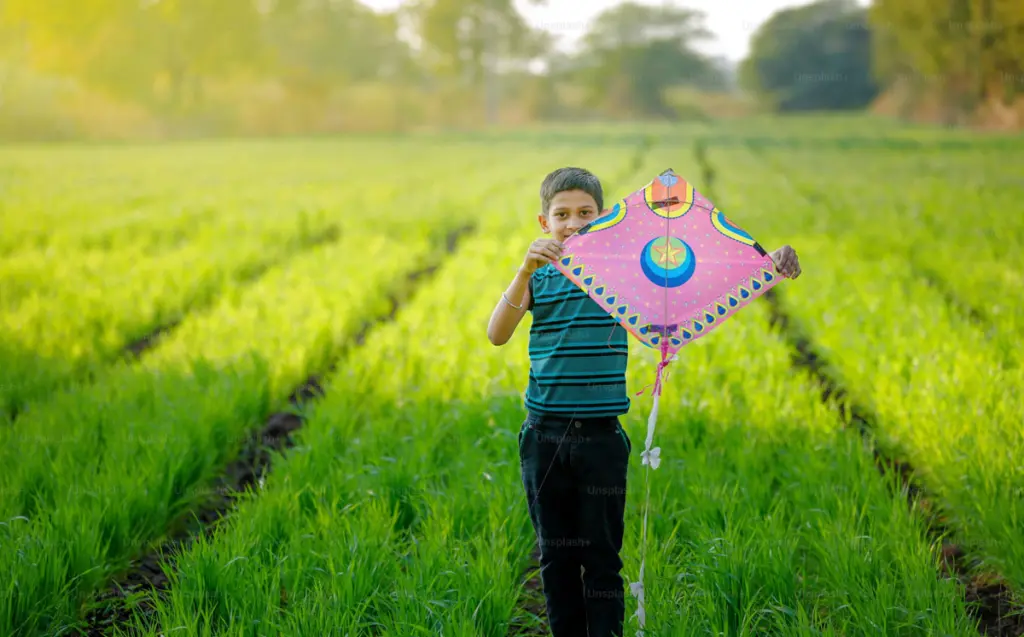
Why only 14-15 January?
Makar Sankranti means the transition period of Sun entering from Sagittarius to Capricorn. However, all the Hindu calendars prevalent in India are based on the Moon, which is why the English dates of Hindu festivals keep changing.
The calendar used at this time is called Gregorian calendar which is a solar calendar i.e. a calendar based on the Sun.
Makar Sankranti is a festival that is celebrated according to the position of the Sun as compared to the Earth, which is why due to slight manipulation in the position of the Moon, it sometimes happens on the 14th of January and sometimes on 15th, but the main position of the Sun is The English date does not change due to preposition.
Popular foods on Makar Sankranti
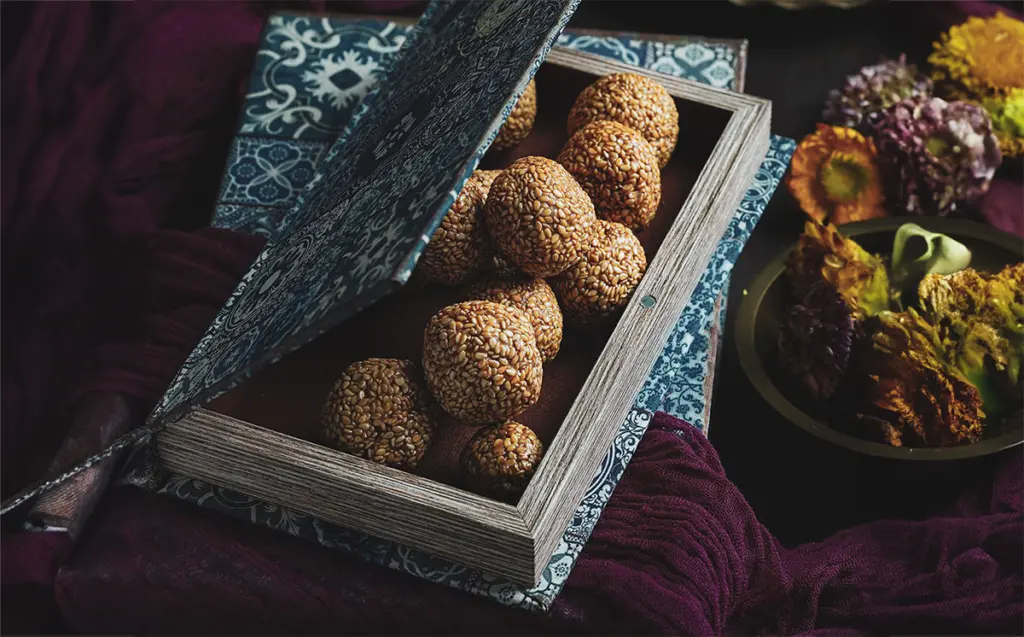
- Til and Jaggery delicacies: Makar Sankranti is synonymous with a delectable array of til (sesame seeds) and jaggery-based treats. Traditional foods are til chikkis to melt-in-your-mouth til ladoos – bite-sized balls with warming sesame seeds and jaggery.
- Puran Poli: This is a popular dish associated with Makar Sankranti in Maharashtra. It is a sweet flatbread filled with a delightful mixture of sweet and crumbly moong that is served for breakfast. Maharashtrians also prepare the dish on Diwali.
- Pongal in the South: In the southern states, particularly Tamil Nadu, Makar Sankranti is celebrated as Pongal. This unique celebration spans four days, with each day dedicated to distinct culinary delights. The most important dish of the festival is Pongal, which is made with newly harvested rice, lentils, and jaggery.
- Dal Khichdi: Makar Sankranti is a harvest festival, so people use newly harvested rice and dal (lentils) to make khichdi. This is a popular food because it is light and easily digested.

